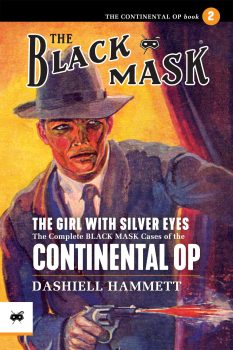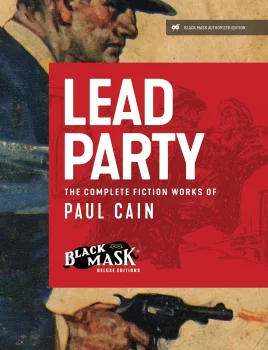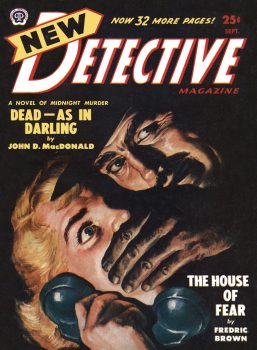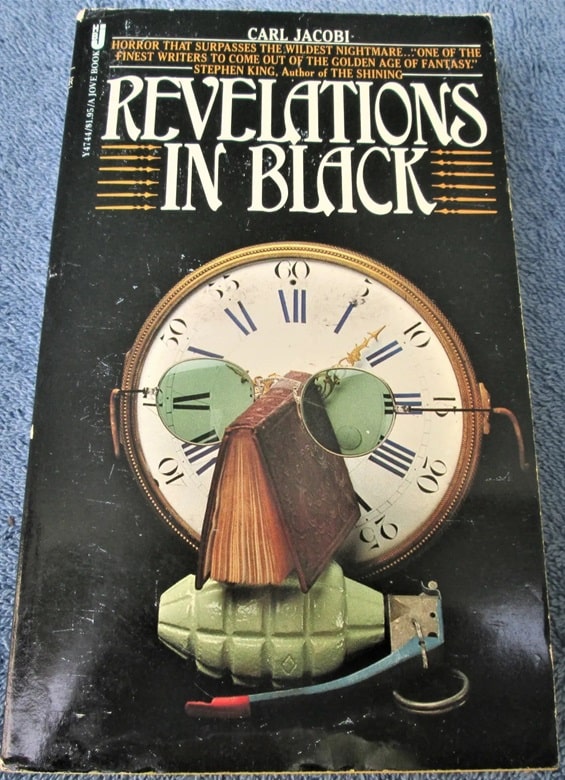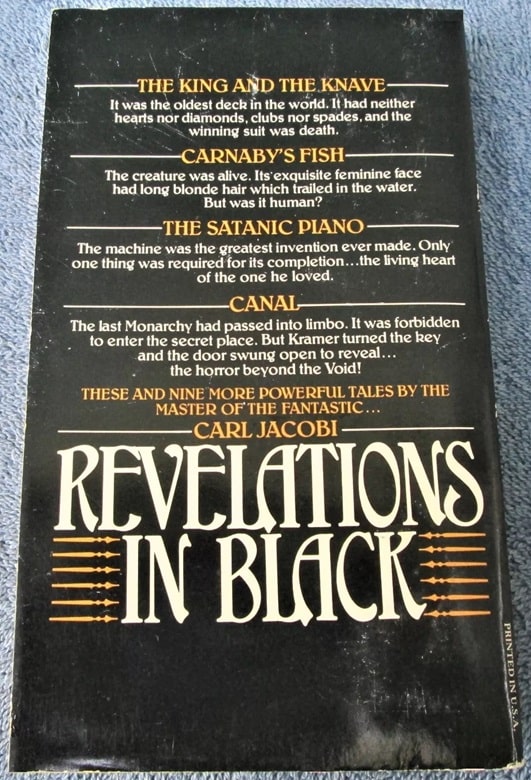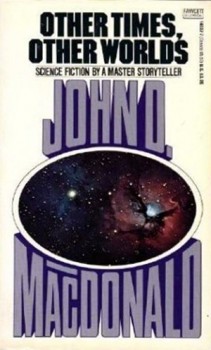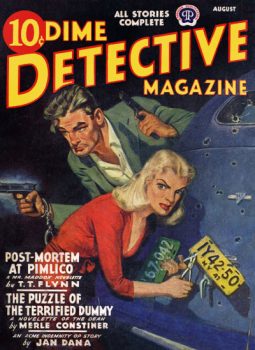A (Black) Gat in the Hand: Richard Deming’s Manville Moon
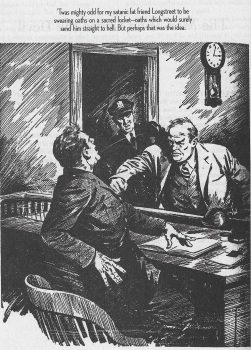 “You’re the second guy I’ve met within hours who seems to think a gat in the hand means a world by the tail.” – Phillip Marlowe in Raymond Chandler’s The Big Sleep
“You’re the second guy I’ve met within hours who seems to think a gat in the hand means a world by the tail.” – Phillip Marlowe in Raymond Chandler’s The Big Sleep
(Gat — Prohibition Era term for a gun. Shortened version of Gatling Gun)
Richard Deming’s career flourished during the end of the Pulps and the birth of the digests. He published short stories in five different decades. After serving in World War II, he was working for the Red Cross when he sold his first story, “The Juarez Knife,” to Popular Detective. He would write a total of sixteen more stories, as well as four novels, featuring his one-legged war veteran, Manville (‘Manny,’ ‘Mister’) Moon, mostly appearing in Black Mask, and Dime Detective.
He wrote three police procedural novels starring Matt Rudd, a vice cop in Southern California. Deming appeared in the final issue of Dime Detective, but had already transitioned to Manhhunt, the digest magazine that was the successor to the hardboiled Pulps.
Deming also wrote for television – an experience he did not speak of fondly.
